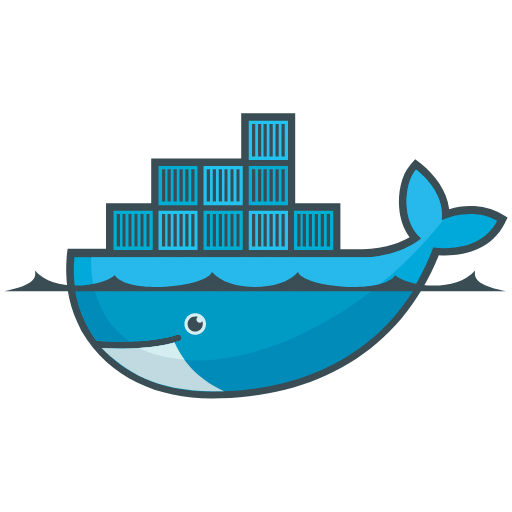What is an API & Why It's Important
What is an API?
An API (Application Programming Interface) is a set of protocols, routines, and tools for building software applications. APIs define how different software components should interact, enabling different systems, applications, and services to communicate and share data seamlessly over the internet or within networks.
APIs act as intermediaries between different software applications, allowing them to exchange information and functionality without needing to understand each other's internal code. They provide a standardized way for applications to request and receive data, perform operations, and integrate with third-party services, making modern software development more efficient and modular.
Why APIs are Important
APIs enable seamless integration between different systems, applications, and services. They allow businesses to connect their software with payment gateways, social media platforms, cloud services, and other third-party tools, creating a unified ecosystem.
APIs eliminate the need to build everything from scratch. Developers can leverage existing APIs to add functionality, reducing development time, costs, and complexity while focusing on core business logic and unique features.
APIs enable modular architecture where different components can be developed, updated, and scaled independently. This allows businesses to grow and adapt quickly, adding new features and services without disrupting existing systems.
Our API Development Process
A systematic approach to building reliable and secure APIs

Requirements
Understanding your API needs, use cases, and integration requirements

Design
Creating API architecture, endpoint design, and data models

Development
Building APIs with proper error handling, security, and best practices

Testing
Rigorous testing for functionality, security, performance, and reliability

Documentation
Creating comprehensive API documentation with examples and guides

Deployment
Deploying APIs to production with monitoring and versioning setup

Monitoring
Setting up monitoring, analytics, and performance tracking

Support
Ongoing maintenance, updates, and technical support





























